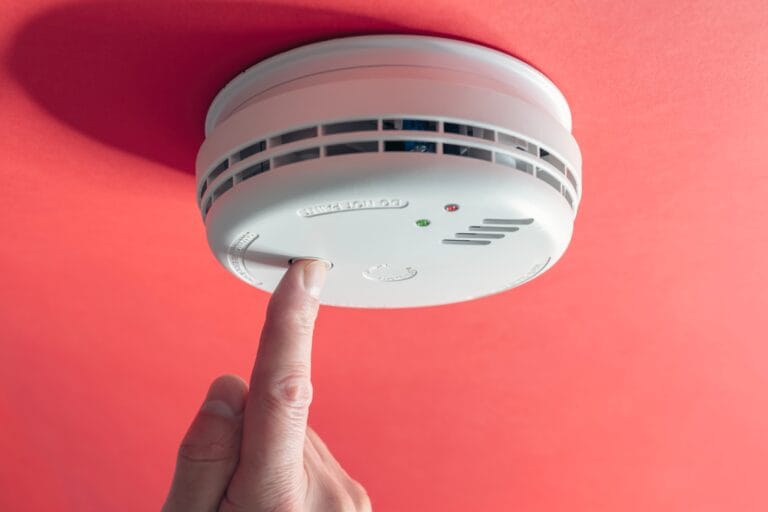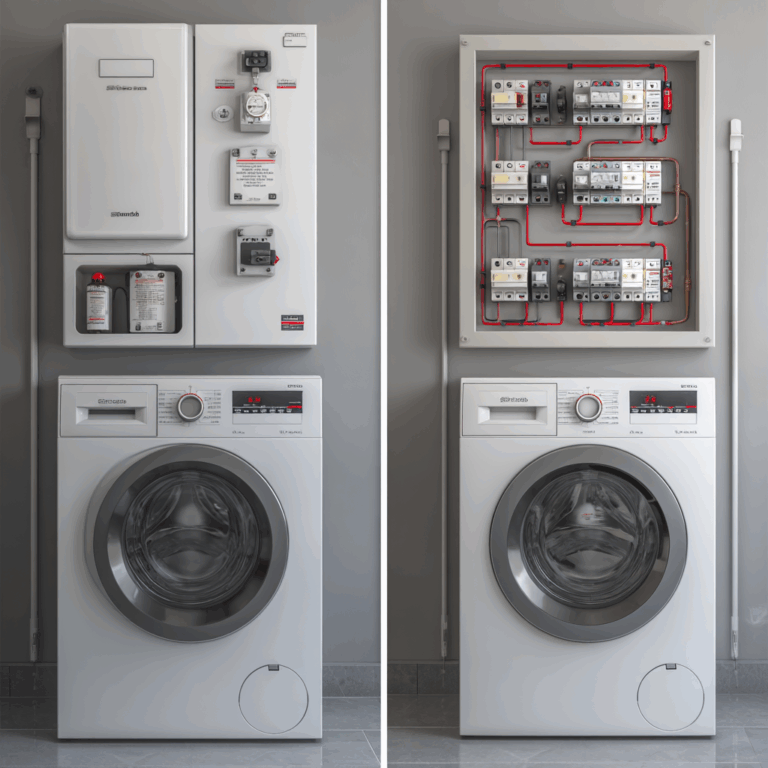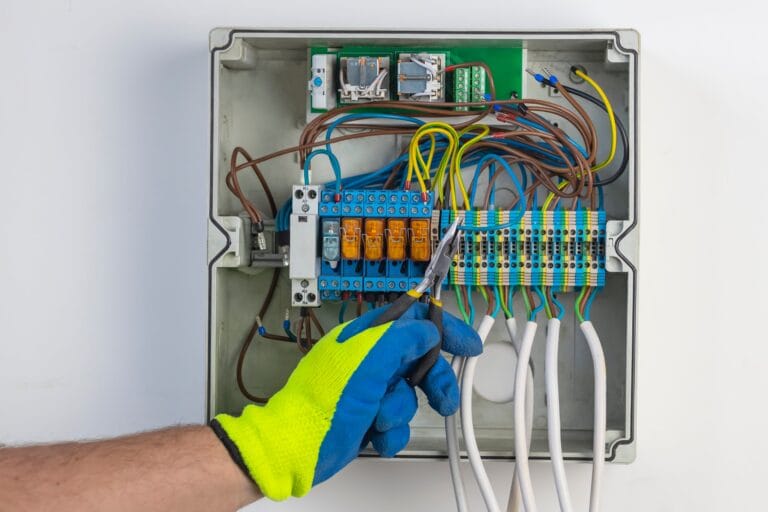Why Your EV Charger Stopped Working (And How to Fix It)
It can be frustrating when your EV charger isn’t working, especially if you’re short on time. There are a few common problems that could be causing the issue, such as power supply mismatches, software glitches, or faulty hardware. It’s important to have reliable home EV charging so that your electric vehicle is always ready to go, which is why it’s essential to fix any problems quickly.
Issues with your home EV charger, like tripped breakers or connectivity problems, can throw off your routine and potentially leave you without transportation. If you own a Tesla, there may be additional challenges like automatic timer interference or smart mode settings that make troubleshooting even more complicated.
By understanding these typical EV charger issues, you can take proactive measures to keep your charging system running smoothly and dependably. This guide will walk you through possible problems and provide practical solutions to get your charger up and running again. However, if the issues persist despite your best efforts, it may be time to seek professional help. In such cases, don’t hesitate to reach out for expert assistance by contacting us here.
Understanding the Causes of EV Charger Failures
When your home EV charger isn’t working, you need quick answers. The reasons behind EV charger failures usually come down to the basics: the power supply. It’s crucial to address these underlying issues for both safety and efficiency, whether you’re dealing with a standard Level 2 home unit or a specialized Tesla charger.
1. Incorrect Power Supply: The Voltage and Amperage Dilemma
Power supply problems are the leading cause of EV charger failures. Every electric vehicle charger is designed with strict requirements for voltage (measured in volts) and amperage (measured in amps). Ignoring these specifications can lead to charging disruptions or even damage to the equipment, similar to using a laptop power adapter with incorrect voltage or current values.
Understanding Voltage Mismatches
An EV charger intended for 240V won’t operate safely or efficiently on a 120V circuit. When the power supply is lower than required, you’ll experience slow charging, frequent trips of the circuit breaker, or complete inactivity. This scenario highlights the importance of understanding the role of voltage in AC motors, which is quite similar to how EV chargers function.
The Impact of Insufficient Amperage
Chargers need a specific amount of current to provide fast and reliable charging. If your circuit can’t deliver the necessary amperage, charging will be prevented or built-in safety mechanisms within the device will kick in.
Risks of Overloaded Circuits
Running an EV charger along with other high-power appliances (such as dryers or ovens) on the same circuit can overload it. This often leads to nuisance tripping or blown fuses, leaving your vehicle’s battery drained.
“Incorrect voltage or amperage isn’t just inconvenient—it can be dangerous. Repeated mismatches put stress on both your home’s wiring and the internal parts of the charger.â€
Matching your home’s electrical system with your charger’s specifications isn’t optional—it’s essential. Skipping this step could void warranties, increase fire hazards, and leave you without any recourse if something goes wrong.
Key Steps to Avoid Power Supply Problems
- Confirm Your Circuit Rating: Always verify that your dedicated breaker matches or exceeds your charger’s amperage draw.
- Check Voltage Compatibility: Consult manufacturer guidelines; most Level 2 home chargers require a 240V outlet.
- Professional Installation: A certified electrician ensures safe setup and compliance with local codes.
Ignoring these basics won’t just stop charging—it endangers property and personal safety. When you suspect incorrect voltage or amperage issues, it’s crucial to assess immediately to prevent further problems.
Now let’s explore how hardware defects and faulty charger components can disrupt even properly powered setups. These defects can sometimes result in issues like LED light flickering, which may serve as a warning sign for underlying electrical problems that could also affect your EV charger functionality.
2. Faulty Charger Components: When Hardware Goes Haywire
EV charger failure causes often trace back to the hardware itself. Damaged charging cables are among the leading culprits when your home EV charger is not working. A frayed or kinked cable can interrupt the power flow, while exposed wires create safety hazards and instantly halt charging.
Key signs of faulty charger components:
- The charger won’t start a session even when power supply issues are ruled out.
- The connector gets unusually hot or emits a burning smell.
- Visible cracks, splits, or corrosion at the plug or charging port.
Environmental factors accelerate wear and tear—outdoor chargers exposed to rain, snow, or extreme temperatures degrade faster. Internal circuitry can also suffer from component fatigue, solder joint failures, or water ingress. Each of these issues disrupts critical voltage and amperage delivery.
Unchecked hardware problems don’t just stop charging—they threaten the entire electrical system’s safety and reliability.
3. Charger Type Mismatch: Overcoming Compatibility Issues
One common cause of EV charger failure is using the wrong connector types between the vehicle and the charger. This incompatible charger type issue can prevent your EV from charging effectively, leading to frustration and delays.
Differences in connector types are a significant hurdle:
- Type 1 vs. Type 2 Connectors: If your EV requires a Type 2 connector but you attempt to use a Type 1 charger, the connection won’t be established, causing the charging process to fail.
- CHAdeMO vs. CCS: Some fast chargers use CHAdeMO connectors while others use CCS. Ensuring compatibility is crucial for rapid charging needs.
Connector mismatch doesn’t just halt charging; it can also cause physical wear on the connectors over time, leading to faulty hardware. Always verify that your EV’s charging port matches the charger’s connector type before attempting to charge. The right match ensures seamless energy transfer and maintains optimal charging speed and safety.
4. Software and Firmware Issues: The Digital Side of Charging Problems
Sometimes, problems with the charger can be traced back to software and firmware issues. Outdated or buggy software can disrupt the charging process, causing the EV charger to fail in various ways such as interrupted charging cycles or complete inability to charge.
Regular updates are critical for maintaining optimal charger performance. These updates address software glitches that may prevent charging or cause erratic behavior in smart chargers.
Ensuring your charger’s software and firmware are up-to-date is a crucial step in preventing charging disruptions. Always check for updates from the manufacturer to avoid issues linked to outdated systems.
Keeping the software and firmware up-to-date improves reliability, making sure your home EV charger works efficiently whenever you need it.
5. Connectivity Problems with Smart Chargers: Navigating the Network Hurdles
A smart EV charger relies on a stable internet connection for essential tasks—real-time monitoring, remote scheduling, firmware updates, and integration with energy management systems. When Wi-Fi drops or cellular signals weaken, charging sessions can halt unexpectedly or scheduled routines may not run. This leaves drivers frustrated with a home EV charger not working precisely when needed.
Key impacts of poor connectivity on smart charger performance:
- Interrupted Charging: Charging sessions can be paused or canceled if the charger loses contact with its control app or cloud server.
- Firmware Update Failures: Critical updates may never install, leaving vulnerabilities and software bugs unresolved.
- Scheduling Errors: Timers and load-sharing functions often require an active network; without it, chargers may ignore energy-saving schedules or fail to operate during off-peak hours.
- Limited Diagnostics: Owners lose access to remote troubleshooting tools and real-time notifications, making it harder to pinpoint whether the issue is connectivity-related or due to faulty charger components or power supply issues.
A robust internet connection is as crucial as correct voltage and amperage for uninterrupted EV charging at home.
Specific Challenges Faced by Home EV Chargers (Including Tesla Chargers)
Home EV charger problems often look different from issues encountered at public stations. Residential setups introduce unique variables that can disrupt charging, even when the equipment itself is high quality and recently installed.
Common Home Charging Obstacles:
- Breaker Trips: Overloaded circuits cause unexpected shutdowns. If multiple heavy appliances run simultaneously on the same circuit as your charger, the breaker may trip, cutting off power mid-charge.
- Timer and Scheduling Glitches: Many home chargers include programmable timers for off-peak rates. Misconfigured schedules or power interruptions can leave your EV uncharged in the morning.
- Environmental Factors: Exposure to moisture, extreme temperatures, or pests in garages and carports sometimes leads to intermittent connections or hardware degradation.
For many of these issues, consulting a residential electrician might be beneficial.
Tesla Home Charger Malfunction: Key Considerations
Tesla home charger not working? Tesla-specific equipment adds a layer of software intelligence that brings both advantages and troubleshooting complexity.
- Automatic Timer Interference: Tesla vehicles and Wall Connectors both offer scheduling features. If timers are set both in the car and the charger, conflicts can prevent charging from starting at all.
- Smart Mode Settings: Features like “Scheduled Departure†or “Smart Charging†optimize for energy cost or grid demand but may block charging outside preset windows.
- Firmware Updates: Occasional updates to the Tesla vehicle or wall connector firmware may reset preferences or introduce compatibility quirks affecting reliable operation.
Close attention to both your home’s electrical environment and manufacturer-specific settings ensures swift identification of residential EV charging problems. Next, a step-by-step troubleshooting approach helps isolate whether you’re facing a quick fix or need professional intervention.
Troubleshooting Steps for When Your EV Charger Stops Working
When your EV charger suddenly stops working, rapid action gets you back on the road faster. Use this troubleshooting EV chargers checklist to rule out common problems before scheduling a professional visit.
1. Check Connections and Power Supply
Make sure everything is plugged in and getting power.
- Confirm the power outlet is functioning by testing another device.
- Ensure the charging cable is fully inserted into both the wall unit and your vehicle.
- Inspect all cables for visible damage or frayed wires.
2. Inspect Circuit Breakers and Fuses
Check your home’s electrical system for any issues.
- Locate your electrical panel and verify that no breakers have tripped.
- Reset any tripped breakers, then attempt to charge again.
- For units with fuses, check for blown fuses and replace as needed.
3. Examine Indicator Lights and Display Messages
Look for any signals or messages from the charger.
- Review LED indicators or display screens on your charger.
- Note any error messages—these codes often pinpoint specific issues.
4. Test Different Outlets (For Portable Units)
Rule out problems with the power source by trying a different outlet.
- Try plugging your charger into a different outlet to rule out local power problems.
5. Restart the Charger
Sometimes, a simple reset can fix the issue.
- Unplug the charger from both ends, wait 30 seconds, and reconnect everything securely.
6. Review Scheduled Charging Settings
Check if any settings are preventing immediate charging.
- Disable any timers or scheduled charging features in your vehicle or app that may be delaying charging.
Thoroughly working through this list uncovers most basic faults and can restore normal function without delay. Safety remains paramount—never attempt repairs if you notice exposed wires or burning smells.
When to Call an Electrician for Your EV Charger Issues
Safety is non-negotiable when dealing with high-voltage equipment. If your EV charger is not working despite thorough troubleshooting, it’s time to involve a certified electrician. Professional help for EV chargers ensures that your system remains safe, compliant, and fully operational.
Contact an electrician immediately if you notice:
- Persistent breaker trips: Repeated circuit breaker trips indicate possible wiring faults or overloaded circuits—issues that demand expert attention.
- Burning smells, sparks, or heat: Any sign of overheating or burning requires urgent professional intervention. Unattended electrical faults can lead to fire hazards.
- Visible damage to wiring or outlets: Frayed cables, melted plugs, or discolored outlets are clear warning signs.
- Charger installation errors: If the charger was not installed by a licensed electrician, hidden risks may be present.
- Unusual error codes or total power loss: Persistent errors or a charger that won’t power on at all often point to problems beyond simple user fixes.
Do not attempt DIY repairs on electrical components. The risk of injury, property damage, and voided warranties is real.
A qualified professional will diagnose root causes quickly and restore safe operation—often in a single visit. Promptly addressing electrical concerns keeps your home and vehicle protected while ensuring charging reliability 24/7.











